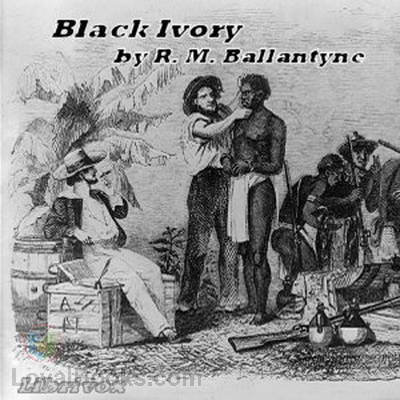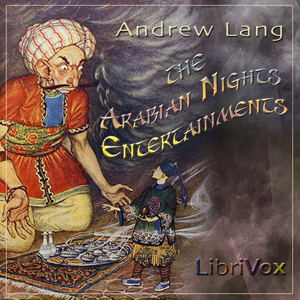Description
By: Robert Michael Ballantyne
Black Ivory by Robert Michael Ballantyne is a gripping and intense novel that delves into the harrowing realities of the African slave trade in the 19th century. The story follows the young protagonist, Allan Duncan, as he is captured and sold into slavery, forced to endure unimaginable hardships and cruelty.
Ballantyne’s vivid descriptions bring to life the lush African landscapes, the bustling slave markets, and the brutal treatment of the enslaved people. Through Allan’s eyes, we witness the horrors of captivity, the struggles for survival, and the courage and resilience of those who refuse to be broken.
The author does not shy away from depicting the brutality and inhumanity of the slave trade, making it a challenging and emotional read. However, amidst the darkness, there are also moments of hope, friendship, and redemption that provide a glimmer of light in the darkness.
Overall, Black Ivory is a powerful and thought-provoking novel that sheds light on a dark chapter in history. Ballantyne’s writing is engaging and poignant, urging readers to confront the atrocities of the past and consider the impact of slavery on individuals and societies. It is a compelling and important read that will stay with you long after you turn the final page.
Book Description:
Although the book’s title Black Ivory denotes dealing in the slave trade it is not our heroes who are doing it. At the very first chapter there is a shipwreck, which leaves the son of the charterer of the sinking ship, and a seaman friend of his, alone on the east coast of Africa, where Arab and Portuguese slave traders were still carrying out their evil trade, despite the great efforts of patrolling British warships to limit it and free the unfortunates whom they found being carried away in the Arab dhows.
Our heroes encountered a slave trader almost at the very spot where they come ashore, and thereby managed to get to Zanzibar in a British warship that had captured the trader’s dhow in which our friends had hitched a lift.
At Zanzibar they pick up some funds, and set forth on a journey into the interior. Here again they encounter the vile trade, but most of the story deals with other encounters of a more acceptable nature.
This book will open your eyes to what really went on. At the time of writing slave-dealing on the west coast of Africa was, due to the efforts of the British, almost extinct, but this was not the case on the east coast.











